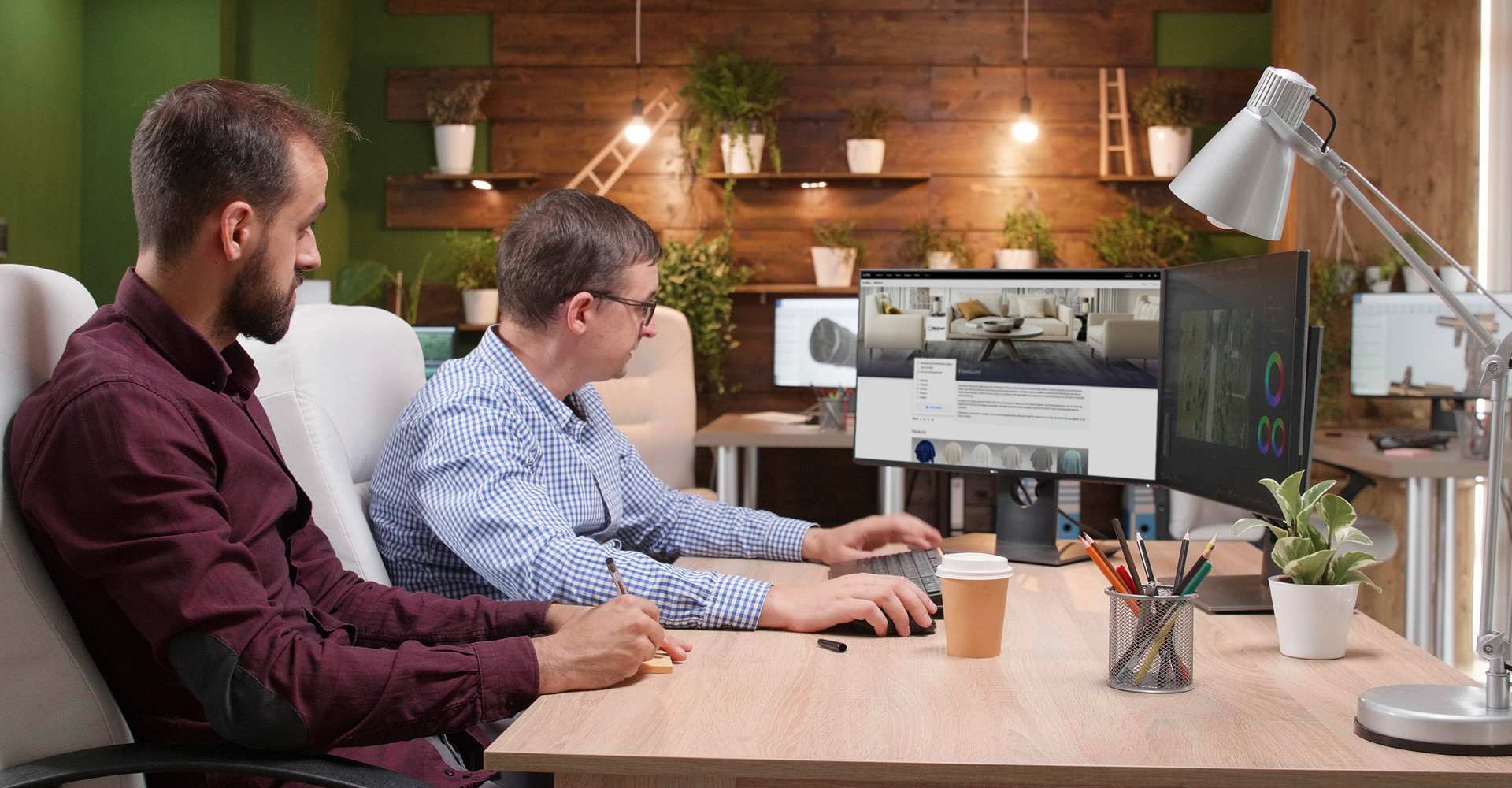
Tips to elevate your archviz projects
Published by Admin on
Sep 2, 2024 9:00:00 AM
According to the graphic design platform Canva, “Studies have shown that it takes only 150 milliseconds for us to process an image, and then another 100 milliseconds for us to attach any meaning to it. That is literally the blink of an eye.”
Humans are wired for visual communication. We understand pictures better, we look for visual cues wherever we are. It’s why road signs are so effective. But, what this means for interior design, architecture, and property development, is that visuals can do a lot more than text-based communication. It is for this reason that archviz is incredibly popular and the sector is growing from strength to strength.

With advanced computer-generated imaging techniques, archviz enables industry professionals to create realistic, immersive, and visually stunning representations of both existing and imagined architectural structures and interior design concepts. As more companies adopt the technology and offer it as a service or as part of their client experience, the new challenge is making sure those visuals are captivating and engaging. Staying ahead of the curve is crucial for creating stunning, realistic renderings that captivate clients and stakeholders and we’ve got some tips to take your visualisations to the next level.

Light it right
Lighting plays a crucial role in archviz as it significantly impacts the mood, realism, and overall appeal of your visualisations. Experiment with different lighting setups to create realistic and captivating scenes. Learn about natural lighting as well as artificial light sources, and how they interact with materials.

Focus on material realism
Pay attention to material textures and use high-resolution textures that accurately represent real-world materials. Realistic materials like Twinbru’s 3D fabric textures make your visualisations more convincing. Because our digital fabrics accurately portray transparency, opacity, texture, and even how light would respond to different furnishing or drapery fabrics, you enjoy the highest level of realism. Explore our fabric textures and experience high-quality realism.
Composition matters
You want to guide the viewer’s eye to essential elements within the visualisation so, apply principles of composition to your scenes. Apply the rule of thirds to create balance and visual interest. Leading lines can draw attention to focal points ensure there’s no clutter to make sure no single element dominates the frame.

Contextualise your designs
Place your architectural models in context. Show how they fit into the surrounding environment—whether it’s an urban setting, a natural landscape, or an interior space. Consider adding people, cars, and landscaping to create a sense of scale and realism.
Keep up with technology
Archviz tools and software evolve rapidly. Stay informed about the latest tools, software, and techniques. Attend conferences, workshops, and online courses. Explore real-time rendering engines, VR experiences, and mobile app integration.
Continuous improvement in archviz
The drive to improve archviz arises because it plays a crucial role in bridging the gap between abstract ideas and tangible realities. High-quality visualisations help clients and stakeholders fully grasp the potential of a project, making designs more persuasive and easier to understand. For this, designers need high-quality digital assets and materials that look exceptional in a 3D model or render. Look to some of the world's best digital asset libraries to easily access Twinbru's 3D fabric textures. They can be found on ArchiUp, a free CAD/BIM model library containing thousands of digital twin models and materials in interior design, lighting and building components. Our digital fabrics can also be found on Architextures, a library of high-quality seamless textures for use in architectural drawings and 3D models.

Realistic and detailed renders can evoke emotional responses, driving engagement and investment in the project. Furthermore, as technology advances, expectations for visual fidelity rise, pushing designers to continually elevate their work to stand out in a competitive market. Improved archviz also facilitates better decision-making, allowing for the identification and resolution of potential issues before construction begins, ultimately saving time and resources.

Archviz isn’t only about making the best-looking visuals; it’s about conveying a vision and telling a story. We've seen this in action with Güell Lamadrid who collaborated with Joquer for the Feria Hábitat exhibition. For their innovative stand, Güell Lamadrid inserted their furniture into existing room scenes to showcase compelling vignettes that inspired and captivated visitors to understand how the pieces would work in potential spaces. It's a successful example of how visuals can communicate much more and having archviz assets available can strengthen a brand's story and engagement.
With visual inspiration, you can set your designs apart from the competition, truly capture your clients’ imaginations and cement their trust in projects. Elevate your skills, embrace creativity, and transform architectural designs into captivating visual experiences.